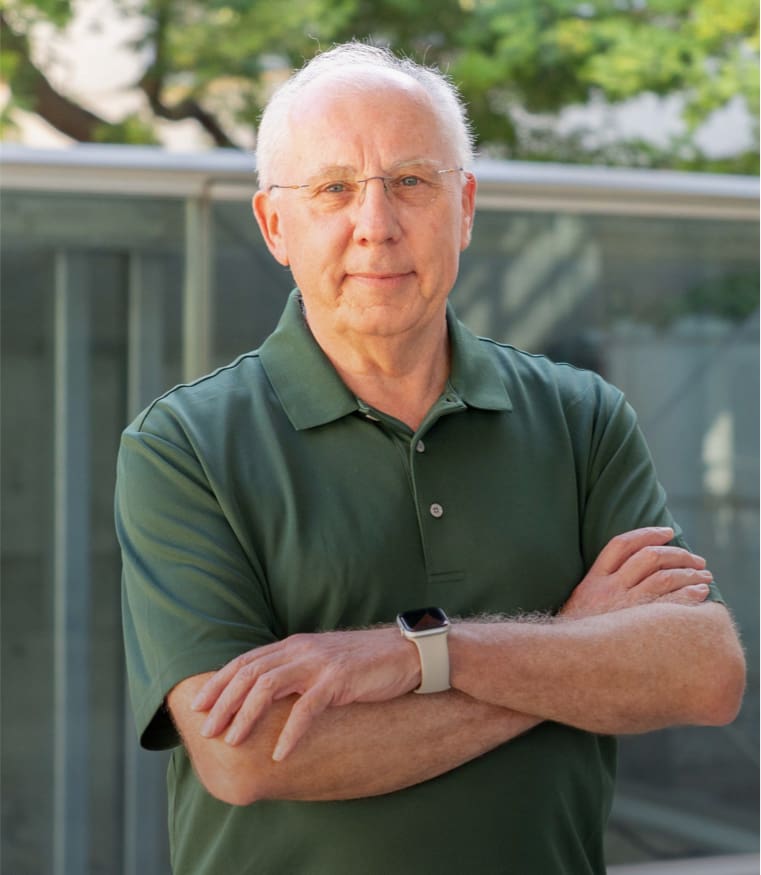Encapsulation studies of cationic gold complexes within a self-assembled hexameric resorcin[4]arene capsule
As the field of supramolecular catalysis develops, a sound fundamental understanding of the catalytic assemblies used will be essential. There is a lack of knowledge regarding systems based on transition-metal catalysts as guests of supramolecular capsules. We investigate the inclusion behavior of gold complexes based on well-known cationic Au(I) catalysts within a self-assembled hexameric resorcin[4]arene capsule. The results shed light on the nature of the encapsulated species and the way in which those species are encapsulated. We introduce an encapsulation methodology that functions through the transient introduction of an excess of water. Through small modifications in the encapsulation methodology, we show that the inclusion process can be controlled to give different encapsulated species stemming from the same gold(I) precursor.
![Encapsulation studies of cationic gold complexes within a self-assembled hexameric resorcin[4]arene capsule](https://iciq.org/wp-content/uploads/2014/03/Encapsulation-studies_1494.jpg)
L. Adriaenssens, A. Escribano-Cuesta, A. Homs, A. M. Echavarren, P. Ballester
Eur. J. Org. Chem. 2013, 1494-1500
DOI:
Go to the journal
Associated ICIQ research group/s:
-
RESEARCH GROUP/S
Prof. Pau Ballester
-
RESEARCH GROUP/S
Prof. Antonio M. Echavarren

Let's create a brighter future
Join our team to work with renowned researchers, tackle groundbreaking
projects and contribute to meaningful scientific advancements




















